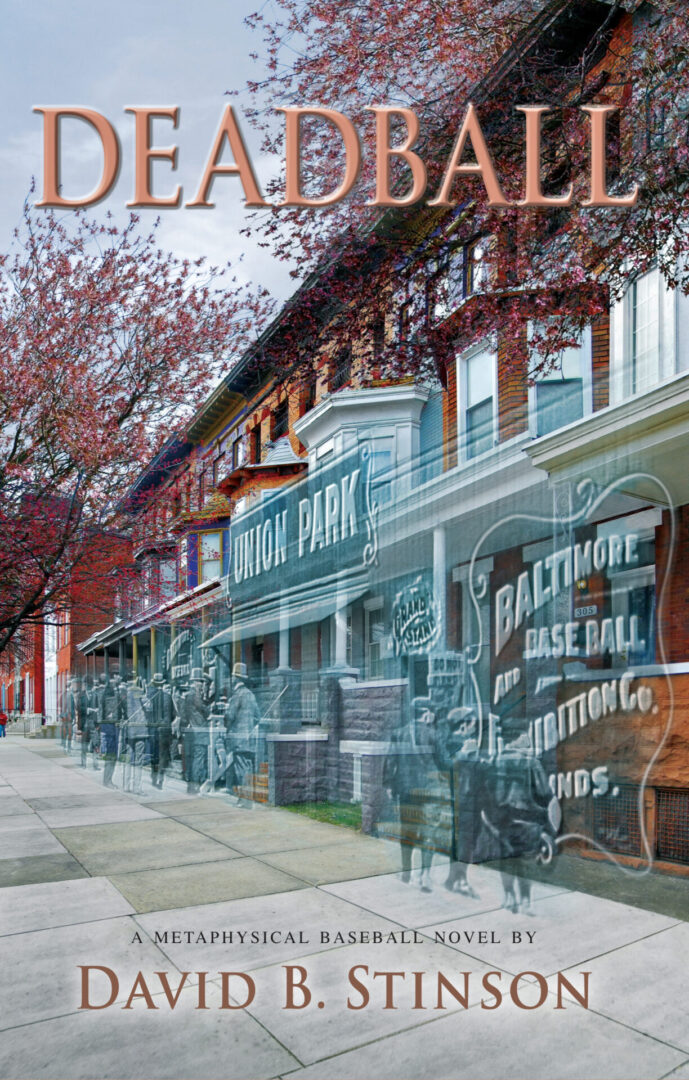Wrigley Field was located at 425 East 42nd Place, in Los Angeles, California, on the northwest corner of East 42nd Place and S. Avalon Boulevard.
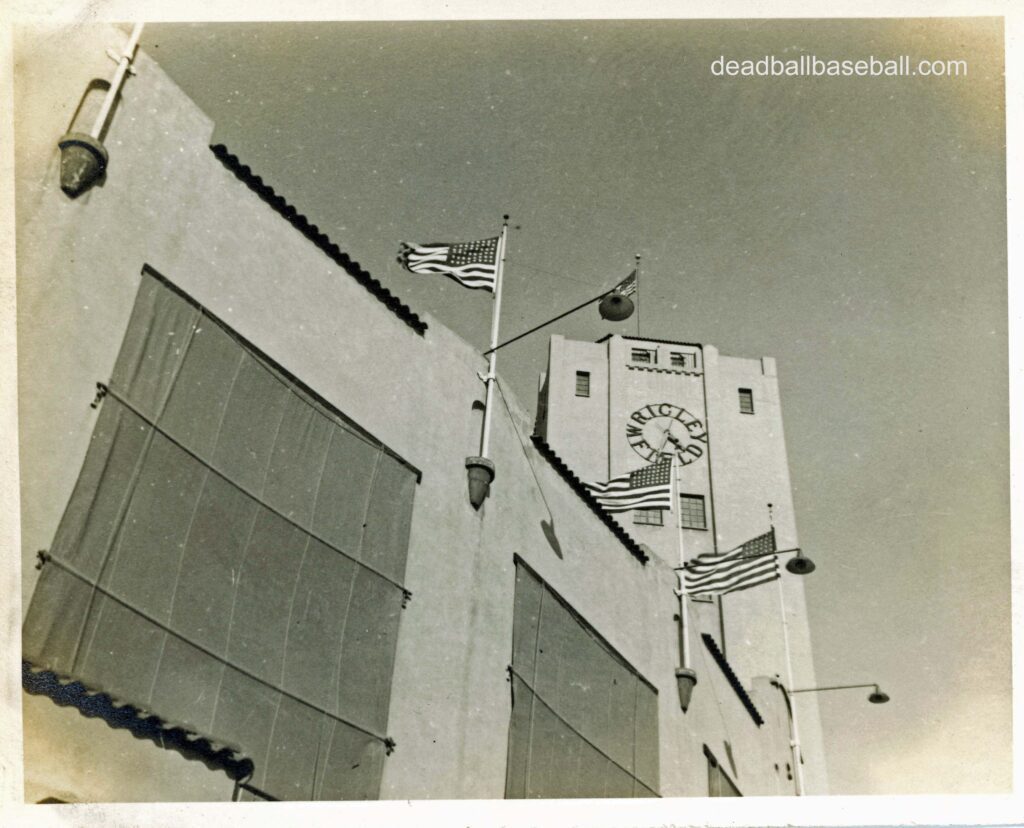
William Wrigley, owner of the National League Chicago Cubs, became principle owner of the Pacific Coast League California Angels in 1921. Wrigley set about constructing a ballpark based upon the design of Cubs Park, the home of his National League team. Wrigley hired architect Zachary Taylor Davis, who had designed Cubs Park, as well as Cominskey Park on the south side of Chicago. See James Gordon, Los Angeles’ Wrigley Field: “The Finest Edifice in the United States, https://sabr.org/research/los-angeles-wrigley-field-finest-edifice-united-states.
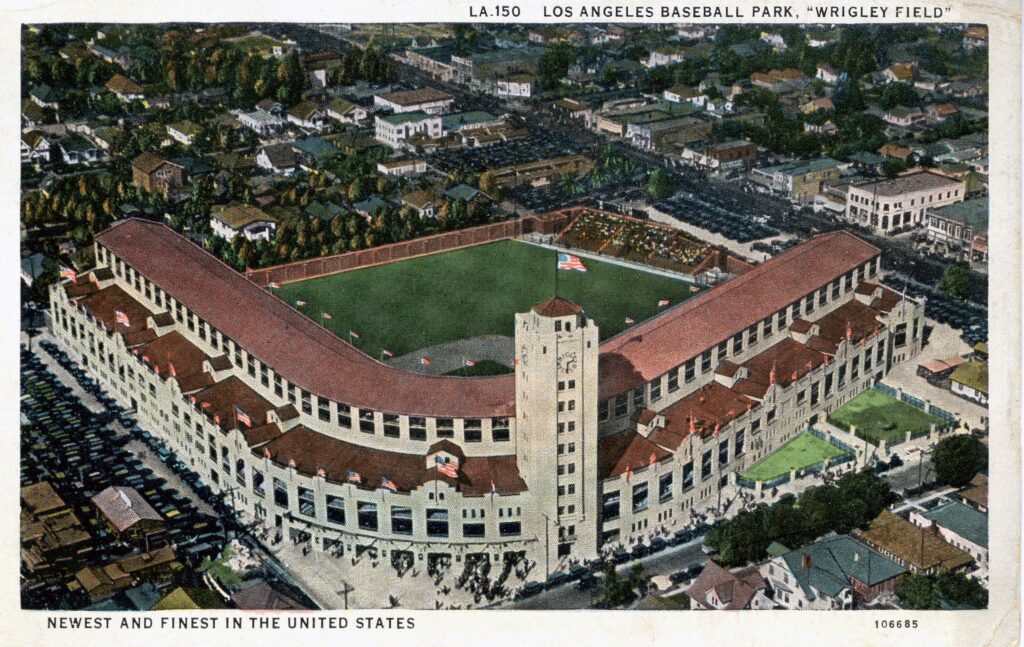
Cubs Park began its existence in 1914 as Weeghman Park, a Federal League ballpark for the Chicago Chifeds (known as the Chicago Whales in 1915). After the Federal League folded at the end of the 1915 season, Charlie Weeghman, owner of the Federal club, purchased a majority ownership of the National League Chicago Cubs and move the team to Weeghman Park. See James Gordon, Wrigley Field (Los Angeles), https://sabr.org/bioproj/park/3912a666, and Scott Ferkovich, Wrigley Field (Chicago), https://sabr.org/bioproj/park/wrigley-field-chicago.
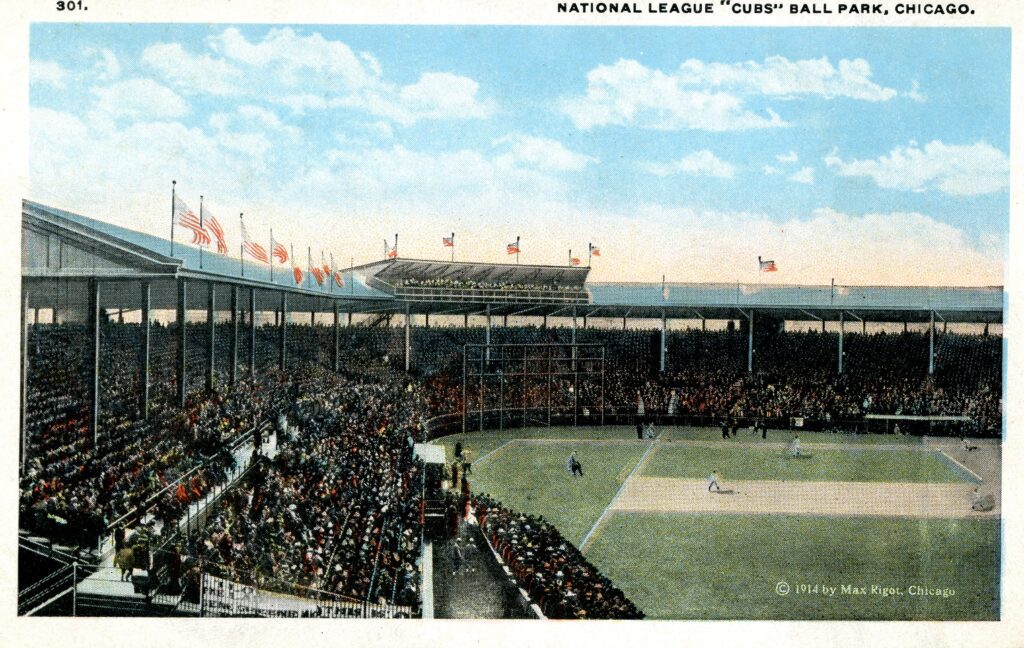
Three years later, Wrigley took a controlling ownership of the team and in 1923 expanded the grandstand down both foul lines, according to Davis’s design. Wrigley Field in Los Angeles opened in September 1925, as the first ballpark by that name. The ballpark seated approximately 20,000 fans, several thousand more than Cubs Park in Chicago did at the time.
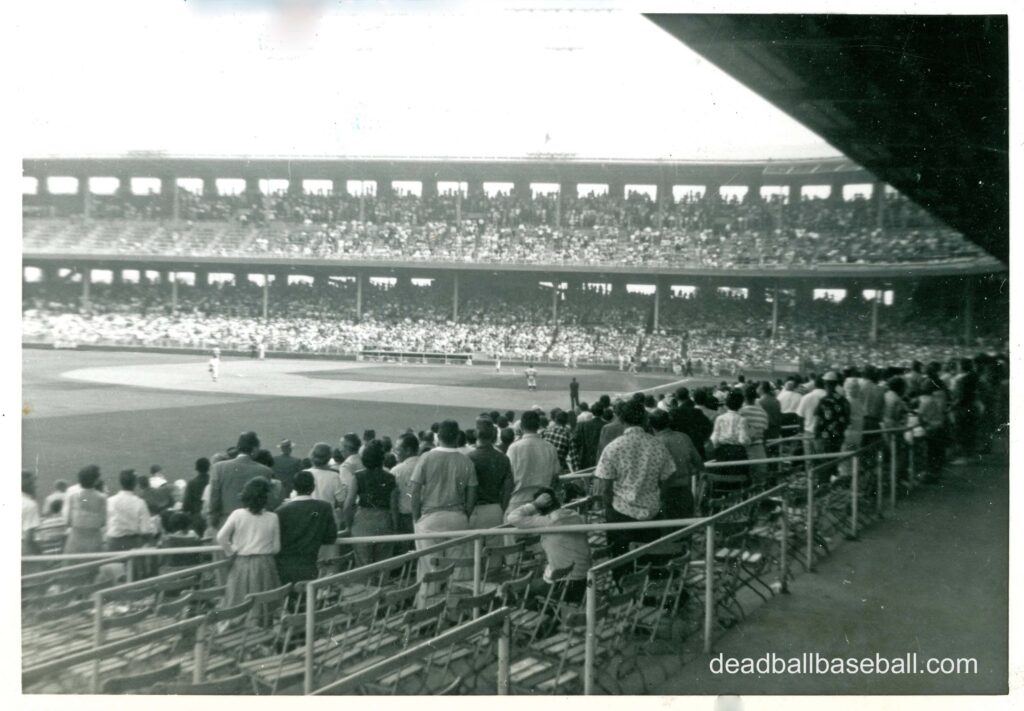
In 1927, the ballpark was renamed Wrigley Field and an upper deck was added. See Raymond D. Kush, The Building of Chicago’s Wrigley Field, https://sabr.org/research/building-chicagos-wrigley-field.
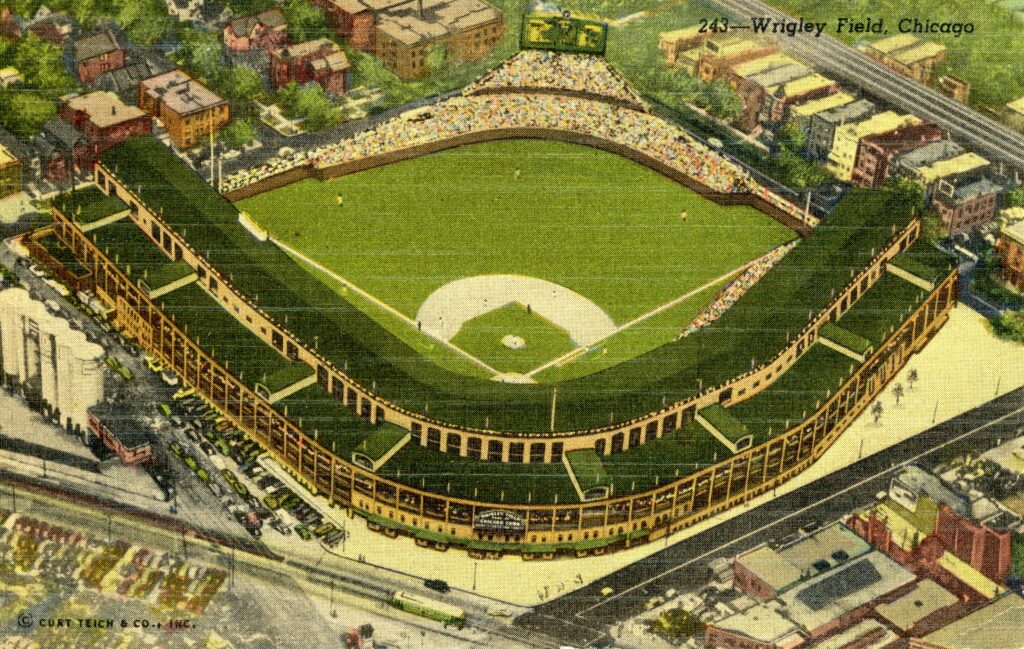
While Wrigley Field, Los Angeles, was modeled after Cubs Park, the California ballpark included an upper deck three seasons before the Chicago ballpark. With the addition of the upper deck in Chicago, the Cub’s Wrigley Field more closely resembled Wrigley Field Los Angeles.
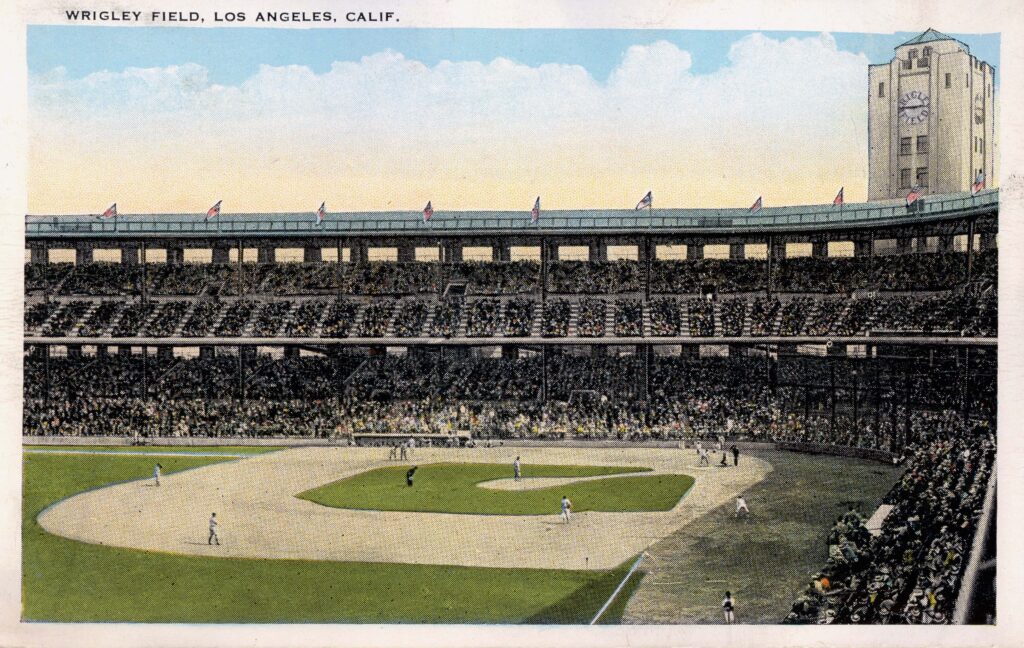
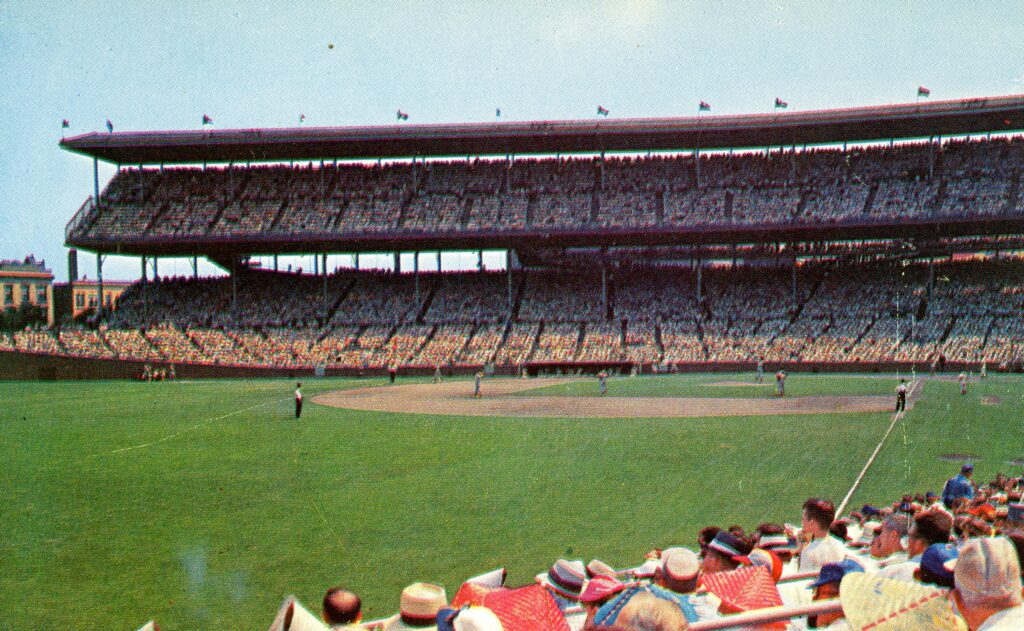
One distinctive difference between the two parks was the entrance to Wrigley Field, Los Angeles, which included a nine story clock tower, dedicated by Baseball Commissioner Kennesaw Mountain Landis in January 1926.

Wrigley Field, Los Angeles, was home to the Pacific Coast League (PCL) Los Angeles Angels from 1925 to 1957, and the PCL Hollywood Stars from 1926 to 1935, and again in 1938. The Chicago Cubs also played some Spring Training games Wrigley Field, Los Angeles.


Given Wrigley Field’s proximity to Hollywood, as many as 14 movies were filmed there, beginning with the silent film Babe Comes Home, in 1927 (starring Babe Ruth as himself) and ending with Damn Yankees. See Gordon, Los Angeles’ Wrigley Field: “The Finest Edifice in the United States.”Just as Wrigley Field is a lost ballpark, Babe Comes Home is a lost movie, as there are no known copies in existence.
In December 1959, the TV show Home Run Derby was filmed at Wrigley Field, featuring many of baseball’s greatest stars of the day. The show aired in 1960. The episode in the YouTube video linked below features Willie Mays and Mickey Mantle.
In 1961, a Major League Baseball tenant, the Los Angeles Angels, called Wrigley Field home, but for just that season. In 1962, the Angels relocated to Chavez Revine and shared the stadium there with the Los Angeles Dodgers, before moving in 1966 to their own stadium, Anaheim Stadium, now Angels Stadium.

The ballpark site is utilized by both public and private organizations, including a hospital and two community centers. On land adjacent to the former ballpark, including a portion of what was once the parking lot out beyond the third base grandstand, is the Gilbert Lindsay Recreation Center, named after a former city councilman.
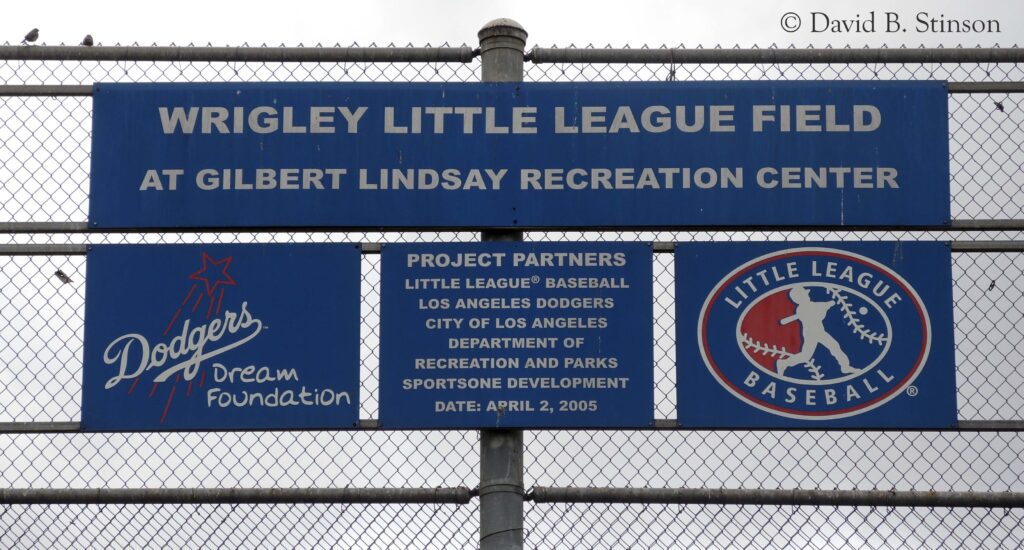
The recreation center includes a youth baseball field, appropriately named, “Wrigley Little League Field,” on the southeast corner of E. 41st Place and San Pedro Street.

To the south and east of Wrigley Little League Field are two soccer fields. The soccer field to the east of the little league field is located adjacent to what was once a portion of Wrigley Field’s parking lot.
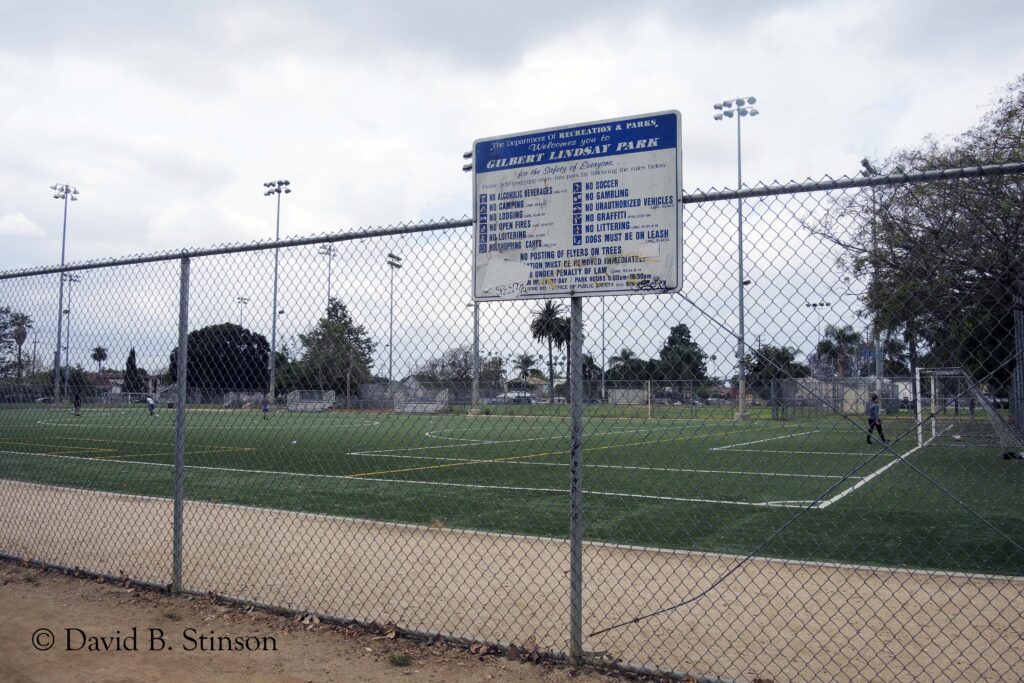
In the middle of the block on E. 42nd Place are basketball courts and an indoor recreation center, located near what was once the main entrance to Wrigley Field (behind home plate).

Wrigley Field’s 150 foot tall clock tower sat just to the east of the front entrance to Wrigley Field, on E. 42nd Place.
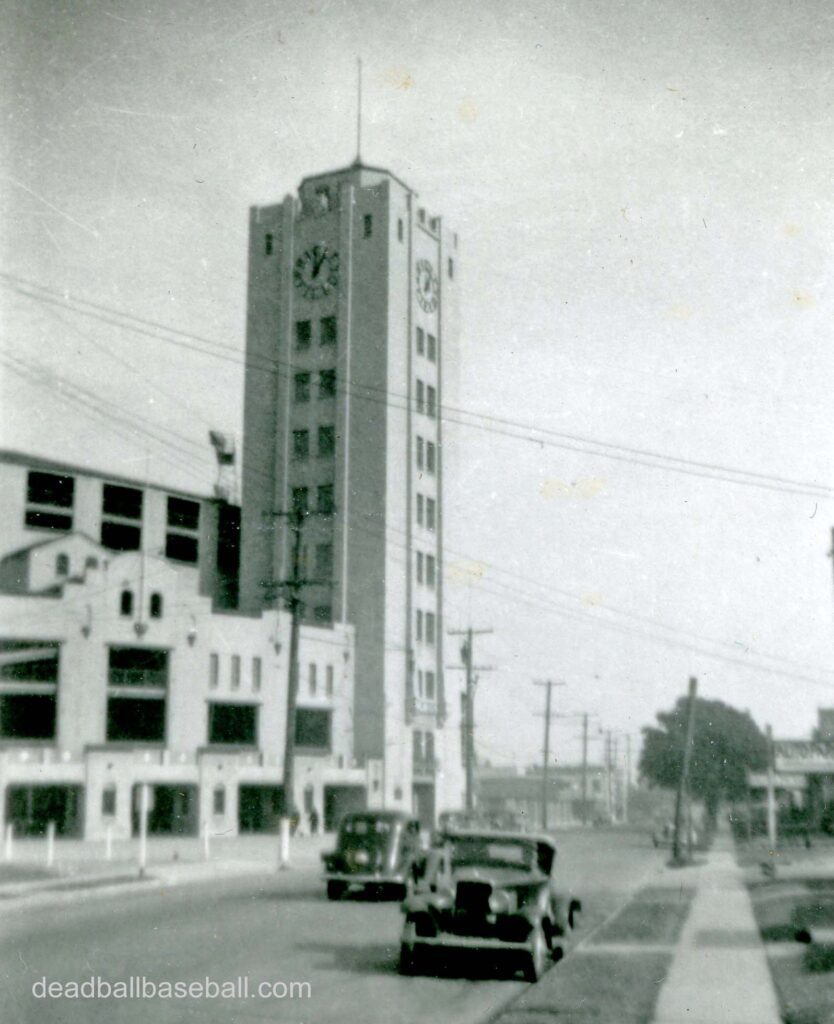
The former site of that clock tower is just east of the basketball court fronting E. 42nd Place. Several tall trees now mark the spot.
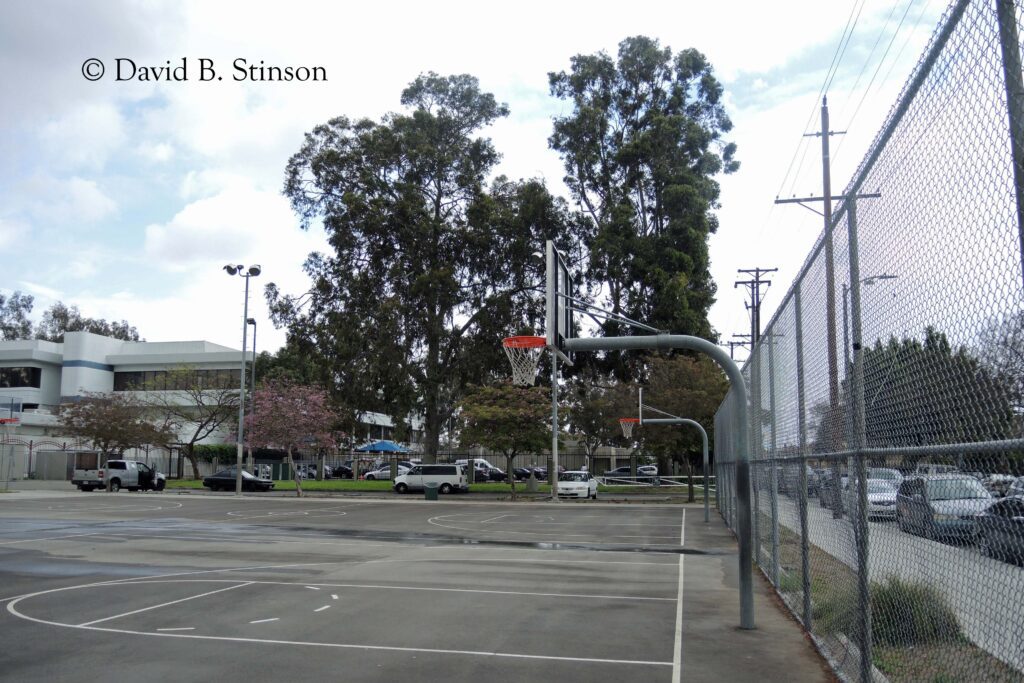
The Watts Labor Community Action Center (WLCAC), Theresa Lindsay Center, named after the wife of Councilman Lindsay, is located on the former site of the first base grandstand.
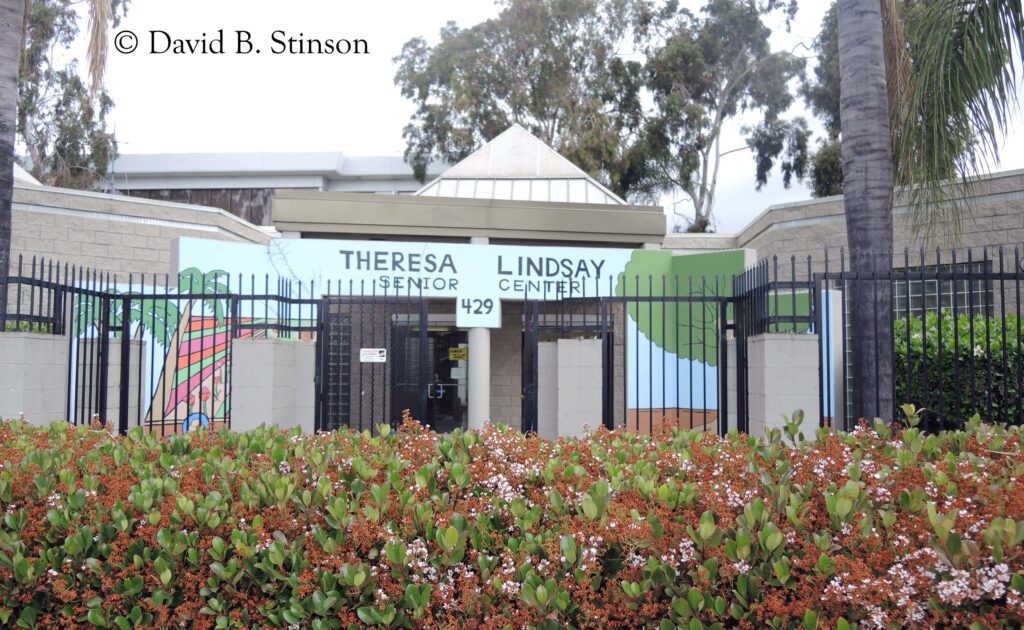
Just north of the Theresa Lindsay Center on S. Avalon Boulevard and E. 41st Place, is the Kedren Community Health Center.
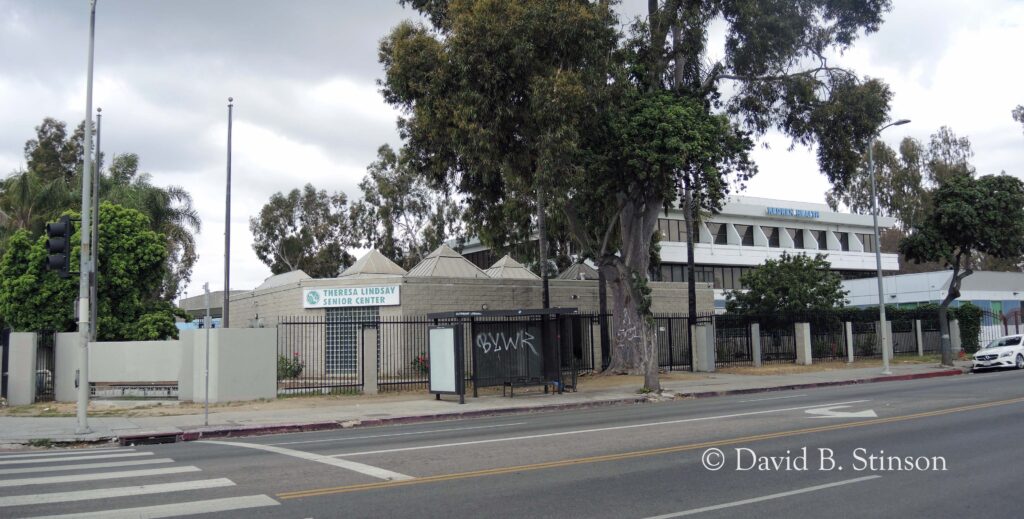
The building housing the Kedren Community Health Center is constructed on what was once Wrigley Field’s infield.

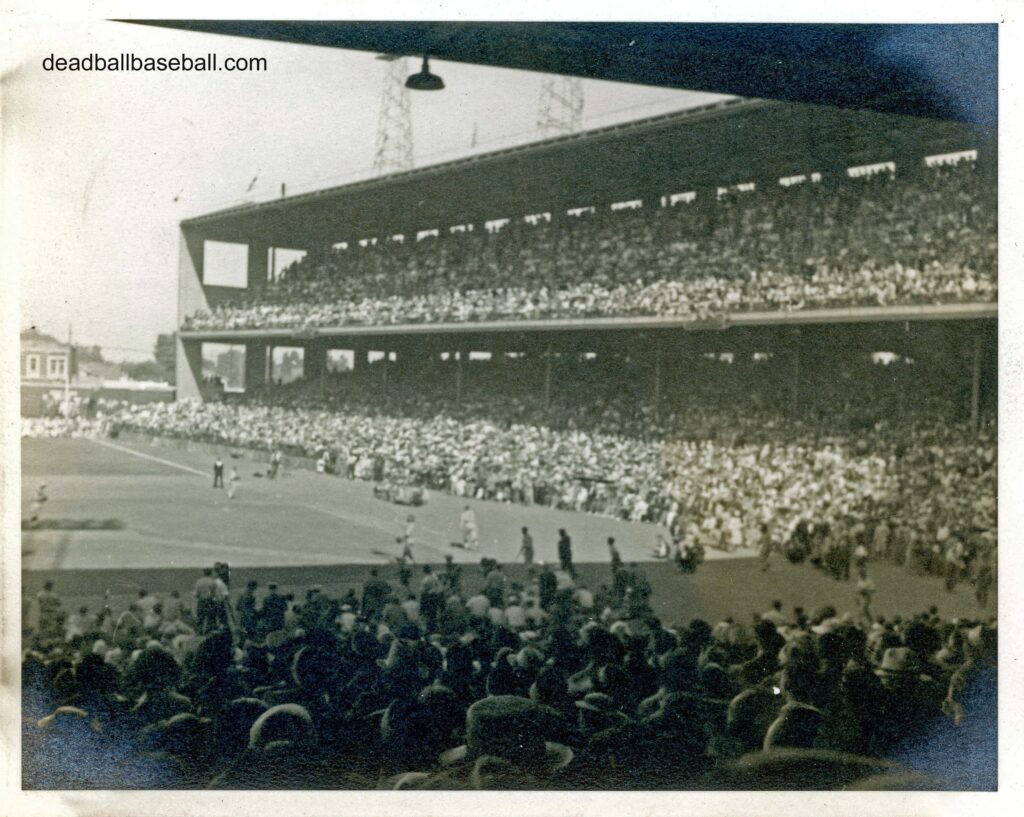
The right side of the infield was located in what is now the Kedren Community Health Center front lobby.

A courtyard with a bust honoring Dr. J.Alfred Cannon, Founder of the Central City Community Mental Health Center (1962), sits in the approximate location of right field.
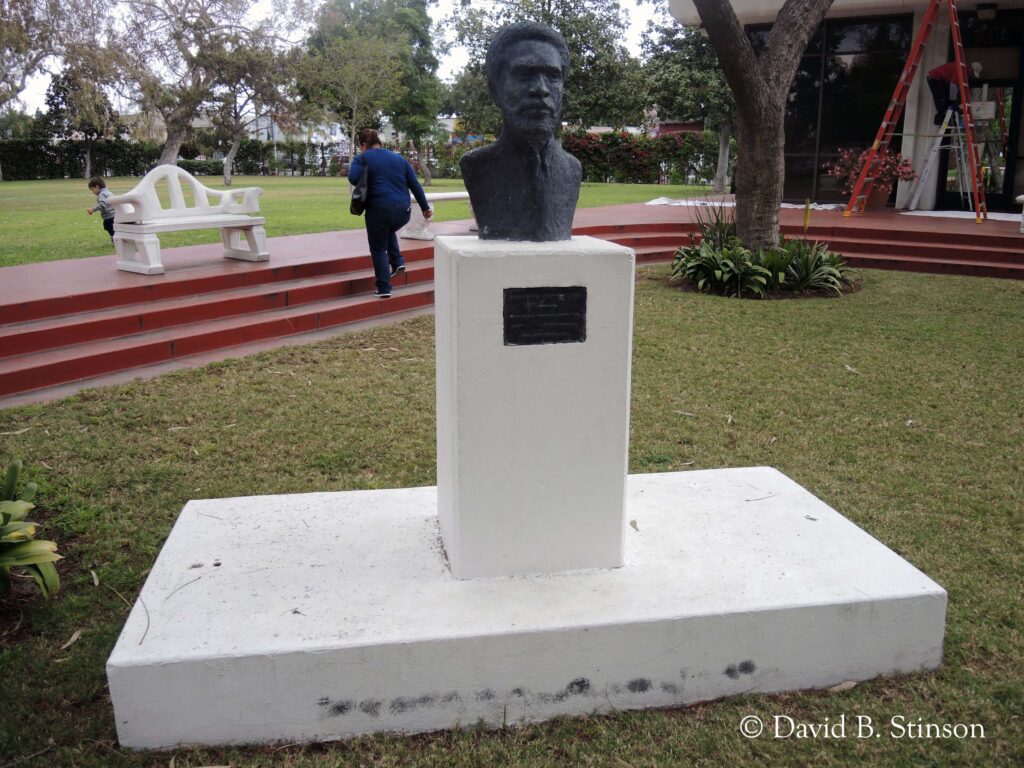
A grass field with large trees marks the the former site of center field, and the center field bleachers.

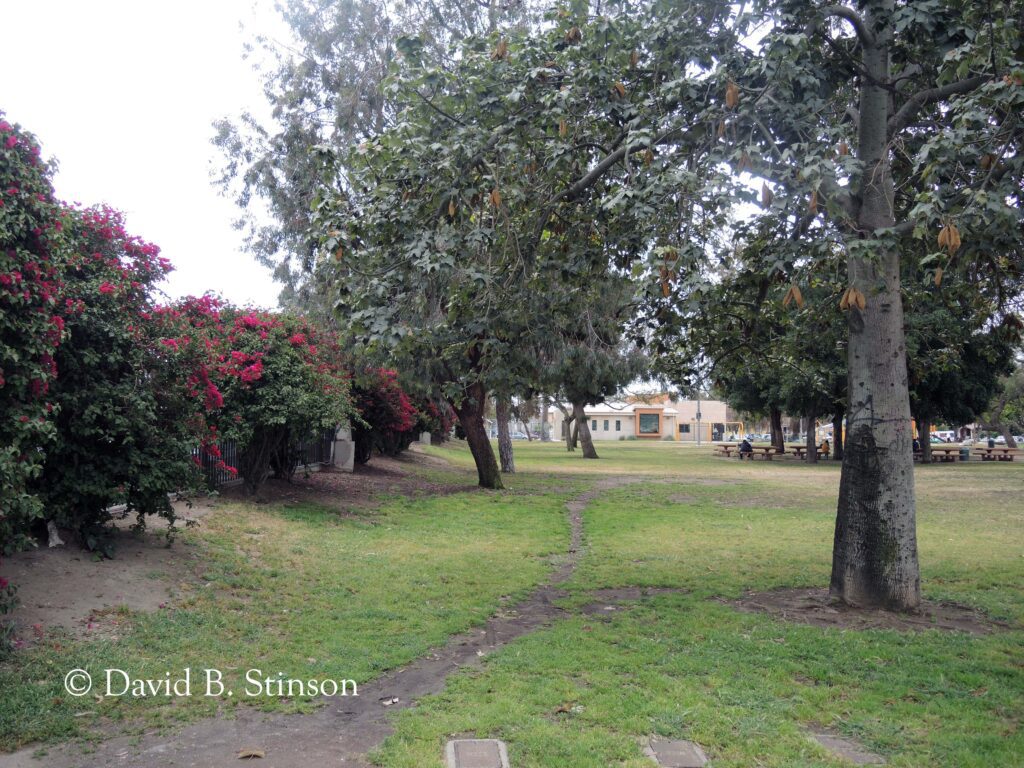
The center field bleachers and scoreboard can be seen in this fan photo of Wrigley Field, looking across left field.
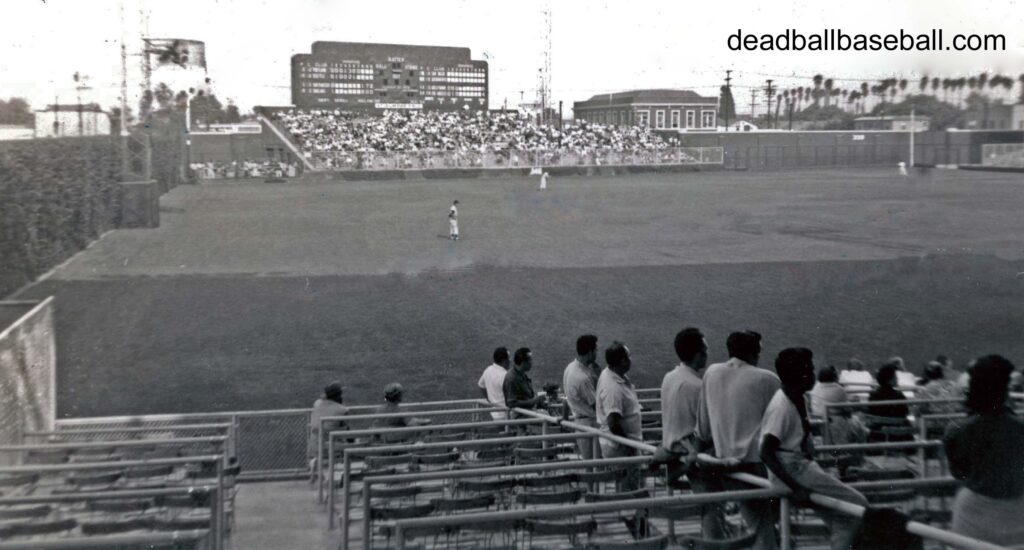
The former site of left field is now a parking lot for the community health center.

Several houses that date to the time of Wrigley Field remain on E. 41st Place, across from the former left field and center field wall.
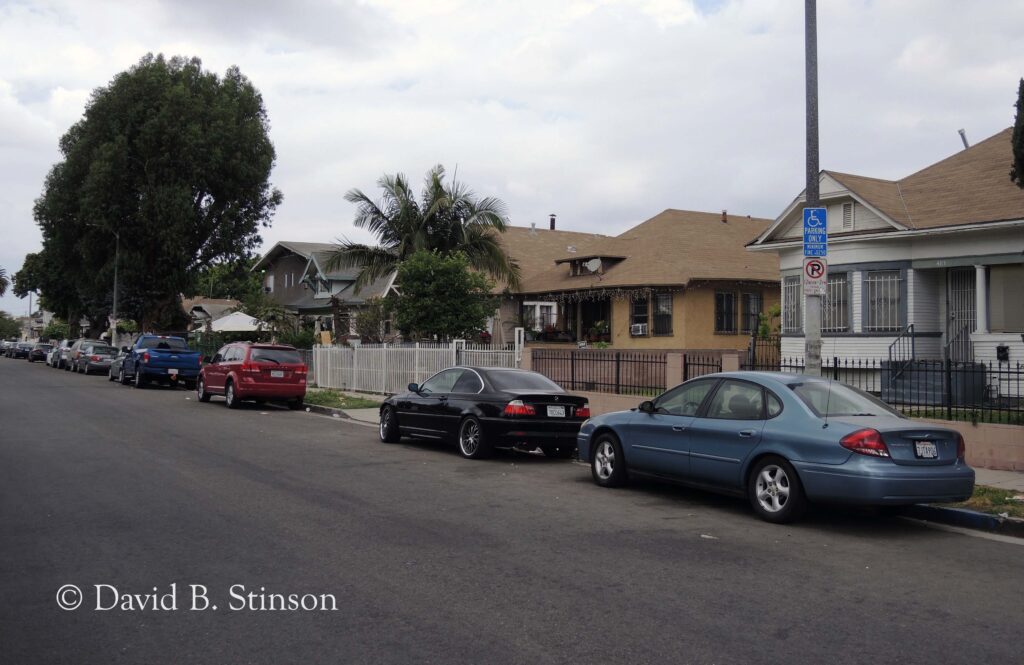
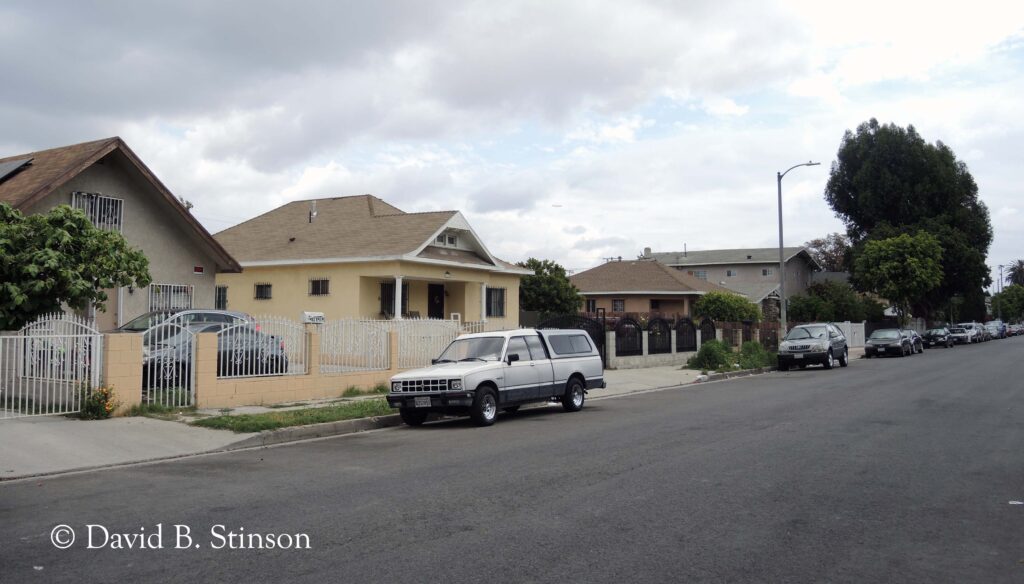
These houses are visible in the photograph of Wrigley Field below.
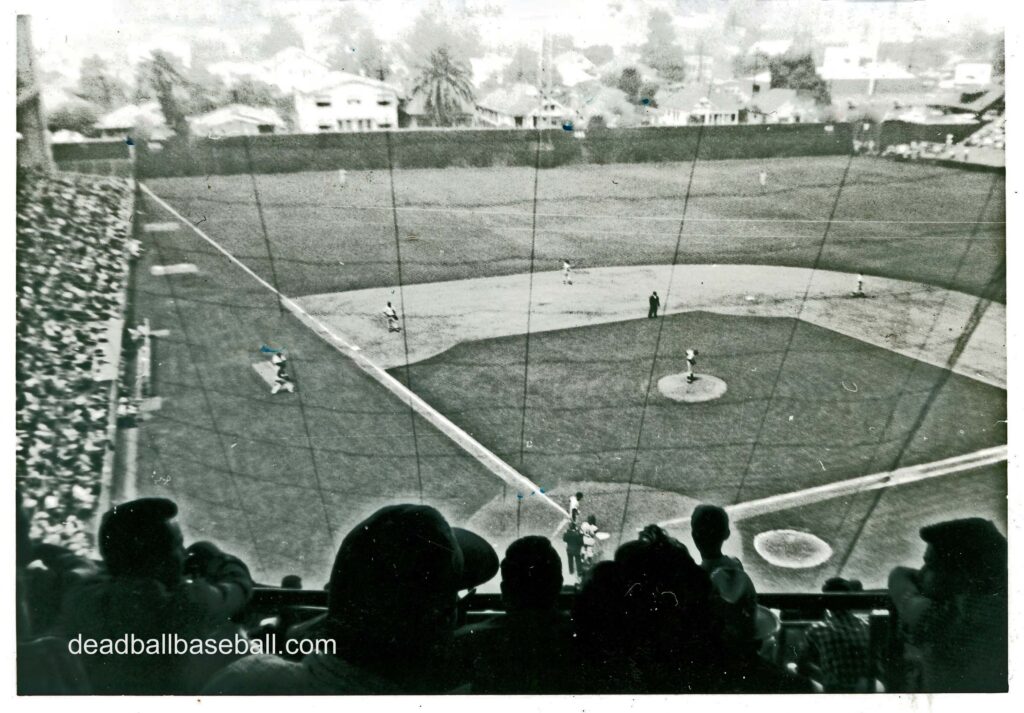
Of particular note is the distinctive two-story bungalow that is visible in the above photo just beyond the left field wall. Presumably, the residents could watch games from the second story of that house, a la the rooftop bars along W. Waveland and N. Sheffield Avenues, across from Wrigley Field in Chicago.
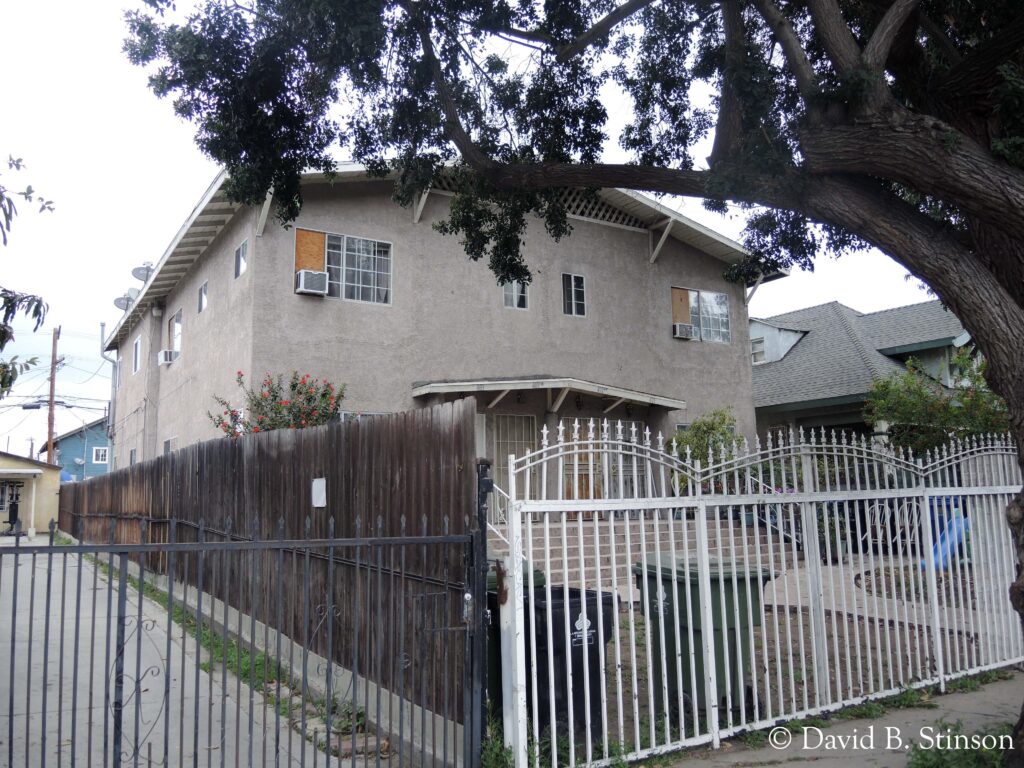
Many of the buildings that line S. Avalon Boulevard also date to the time of Wrigley Field.

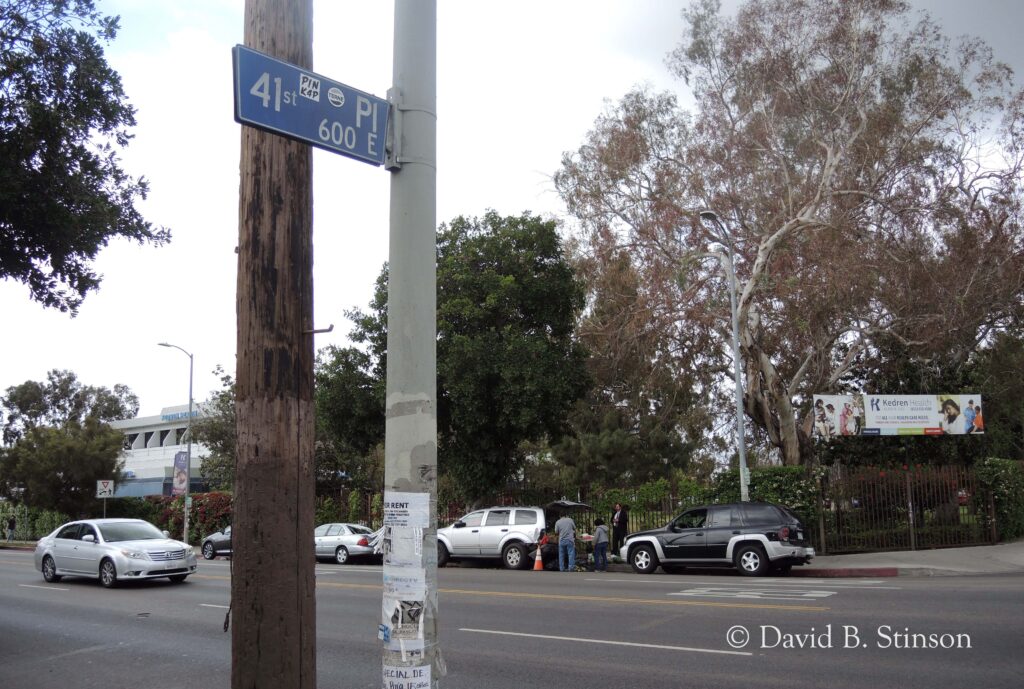
The former site of Wrigley Field, Los Angeles, is located 13 miles southwest of Dodger Stadium and 37 miles northwest of Angels Stadium of Anaheim. Although Wrigley Field obtained its lost ballpark status almost sixty years ago, there still are several buildings in the area surrounding the former site which helped mark where the ballpark once sat. Baseball is still played close by to the former ballpark site, at Wrigley Little League Field. There also is plenty of open green space at the former site of center field, enough perhaps to imagine what it once looked like when baseball was played at LA’s Wrigley Field.
